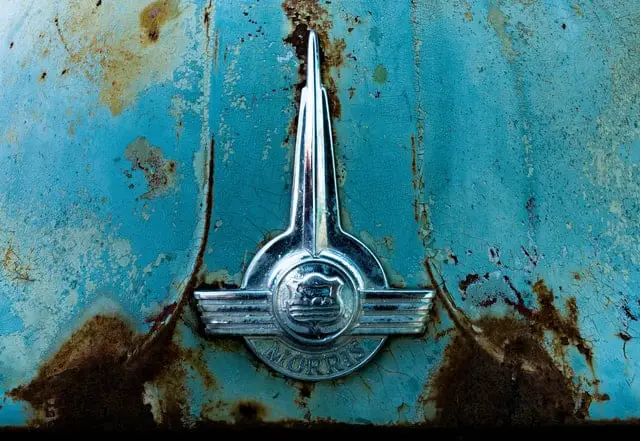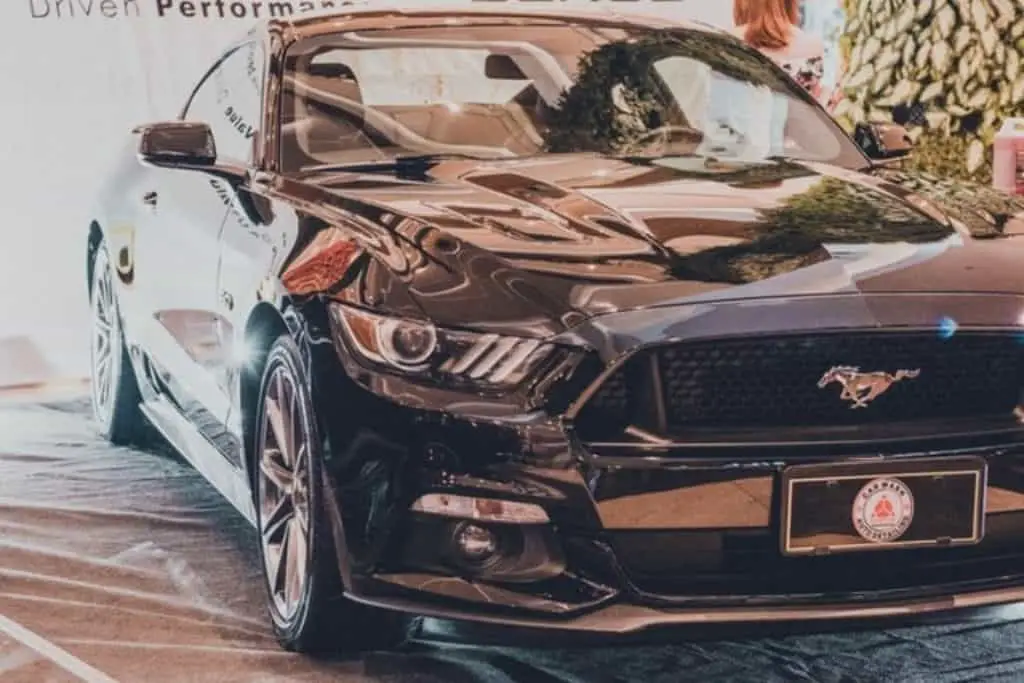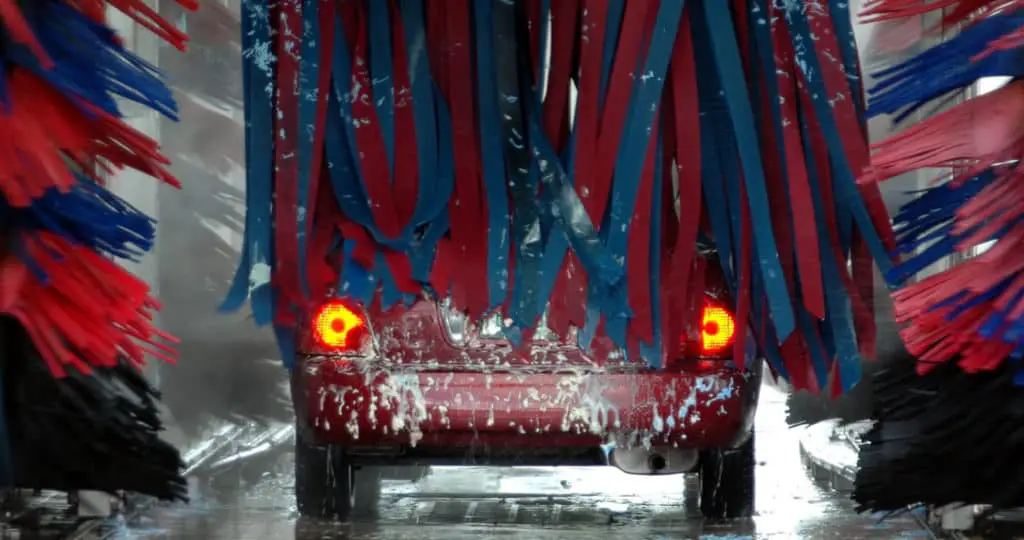Last Updated on March 4, 2025 by Nate Schnell
Rust bubbles on a car aren’t just an eyesore—they’re a warning sign. Left untreated, they can spread quickly, eating away at the metal beneath the paint and leading to costly repairs. If you’ve noticed bubbling paint or small rust spots forming, you need to act fast.
As someone who has dealt with rust issues firsthand, I know how frustrating it can be to see those bubbles appear. The good news? You can stop rust in its tracks with the right approach. This guide will walk you through why rust bubbles form, how to repair them, and what you can do to prevent future damage.
Why Do Rust Bubbles Form?
Rust is a form of corrosion that happens when iron reacts with oxygen and moisture. If your car’s paint is chipped, scratched, or compromised in any way, water can seep through and start the oxidation process. Over time, this leads to iron oxide—the reddish-brown flakes we know as rust.
But why does it bubble? The bubbling happens when rust forms underneath the paint. As the metal corrodes, it expands, pushing the paint outward. By the time you see bubbles, the rust has already started working its way through the metal beneath.
Common causes of rust bubbles include:
- Scratches and stone chips that expose bare metal
- Trapped moisture in areas with poor drainage
- Road salt exposure, especially in winter
- Poor factory paint protection or improper prior repairs
Understanding the cause is key to stopping rust from getting worse.
How to Identify Rust Bubbles Early
Rust bubbles usually start as small, raised areas on the paint surface. They may feel rough to the touch or appear as slightly darker spots under the paint. You might also notice a slight discoloration around the affected area.
If you suspect rust but aren’t sure, try shining a flashlight at an angle over the surface. This can help reveal bubbling or rough patches that aren’t obvious under normal lighting.
It’s important to catch rust bubbles early. Once they spread deeper into the metal, repairs become more complicated and expensive.
Steps to Stop Rust Bubbles from Spreading
1. Clean the Affected Area Thoroughly
Before you start any repair work, make sure the area is clean. Dirt, grease, and road grime can interfere with rust treatments.
Use a degreaser or mild dish soap mixed with water to wipe down the surface. A microfiber cloth works best for this step. Let the area dry completely before moving forward.
2. Remove Loose Paint and Rust
Once the area is clean, you’ll need to strip away any loose paint and rust. Start by lightly sanding the affected spot with medium-grit sandpaper (around 80-120 grit). If the rust is deep, a wire brush or rust removal wheel can help speed up the process.
The goal is to remove as much rust as possible while smoothing out the transition between the bare metal and the surrounding paint. Be sure to sand beyond the visible rust bubble to ensure you’re addressing all affected areas.
3. Apply a Rust Converter or Rust Neutralizer
At this stage, you’ll want to stop any remaining rust from spreading. A rust converter chemically transforms rust into a stable, paintable surface. Products like POR-15, Rust-Oleum Rust Reformer, or Loctite Rust Neutralizer are great options.
Apply the rust converter according to the instructions on the bottle, usually with a brush or spray. Let it cure completely before moving to the next step.
4. Use a Primer to Seal the Surface
Once the rust converter has done its job, it’s time to apply a high-quality automotive primer. This step is critical because it seals the metal, preventing moisture from reaching it again.
An etching primer works best for bare metal, as it promotes better adhesion for paint. Apply thin, even coats, allowing each layer to dry before adding another.
5. Paint and Blend the Area
Now it’s time to restore your car’s appearance. Using automotive touch-up paint that matches your car’s color, apply several thin coats until you achieve full coverage. A spray can or brush-on paint will work, depending on the size of the area.
Once the paint dries, a clear coat should be added to protect the new finish. This helps blend the repair seamlessly with the rest of the car’s paintwork.
6. Buff and Polish for a Smooth Finish
After everything has dried and cured, lightly buff the area with a fine polishing compound. This helps blend the new paint with the surrounding surface for a smooth, even look.
Preventing Rust Bubbles in the Future
Stopping rust once is great, but keeping it from coming back is even better. Here’s how you can protect your car from future rust issues:
- Wash your car regularly to remove salt, dirt, and moisture buildup.
- Apply a quality wax or ceramic coating to create a barrier against moisture.
- Inspect your paint for chips and scratches and repair them immediately.
- Use rust inhibitors like fluid film or undercoating spray in high-risk areas, especially before winter.
- Keep your car dry by parking in a garage or using a car cover in harsh weather.
Rust prevention requires consistent care, but a little effort goes a long way in keeping your vehicle rust-free.
Should You Repair Rust Bubbles Yourself or See a Professional?
For small rust bubbles, a DIY approach can be effective and affordable. If the affected area is smaller than a few inches and hasn’t eaten through the metal, you can likely handle it at home with the right products.
However, if the rust has spread extensively or gone deep into the metal, professional repair might be necessary. Deep rust damage may require metal cutting, welding, or panel replacement—work that’s best left to an expert.
If you’re unsure, consult a body shop for an estimate. In some cases, catching rust early can save you hundreds (or even thousands) in repairs down the line.
Final Thoughts
Rust bubbles are a common but fixable issue. The key is acting quickly—the sooner you address rust spots, the easier (and cheaper) the repair will be.
By properly sanding, treating, priming, and repainting the affected area, you can stop rust in its tracks and restore your car’s appearance. And with regular maintenance and protective measures, you can prevent rust from making a comeback.
If you’ve noticed rust bubbling under your car’s paint, don’t wait. Take action now, and keep your vehicle looking its best for years to come.



